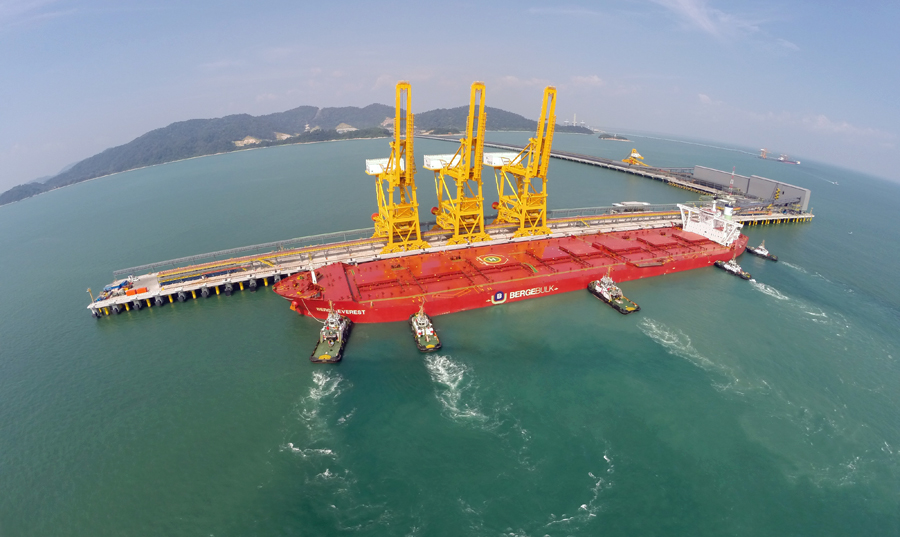
February 10, 2017
Frik Els

The Northern China import price of 62% Fe content ore jumped 4.6% on Friday, reaching $87 per dry metric tonne level after data showed imports by China, top consumer of the steelmaking raw material, continued to strengthen in 2017 after hitting an all-time high last year.
It was the highest level since August 2014 and the iron ore price has more than doubled in value over the past year following near-decade lows of $37 a tonne in December last year according to data supplied by The Steel Index.
Trade figures released overnight showed China imported 92 million tonnes of iron ore in January, up 12% or just less than 10 million tonnes compared to a year ago. Shipments for January were the second highest on record valued around $7 billion.
The all-time record for monthly Chinese imports in terms of volume was in December 2015 with shipments totalling 96.3 million tonnes. But the price of iron ore fell to below $40 a tonne, the lowest in nearly a decade during that month, pushing the value of shipments below $5 billion.
The all-time record in terms of dollar value was set in January 2014, when the country imported $11.3 billion worth of iron ore back when prices were firmly in triple digit territory.

Forging more than half the world’s steel, Chinese imports of iron ore for the full year 2016 topped one billion tonnes for the first time. The 1.024 billion tonnes constitute a 7.5% increase over the annual total in 2015 and is indicative to what extent exporters from Brazil and Australia has been able to displace high-cost domestic producers.
Because Chinese ore is of such a low quality most Chinese fines require sintering (fines are mixed with coking coal and partially smelted) before being fed into blast furnaces.
Sintering adds to the environmental impact and costs which does not fit well with Beijing’s green agenda. China’s steelmakers have been substituting domestic supply and reducing the percentage of fines in favour of pellets and so-called “lump” ore from Australia, South Africa and South America which lowers costs and cut pollution by reducing the need for sintering.
The government is also pushing to eliminate overproduction in the steel sector by consolidating the industry under a few large companies and shutting down low-quality producers which often use scrap as feedstock.

